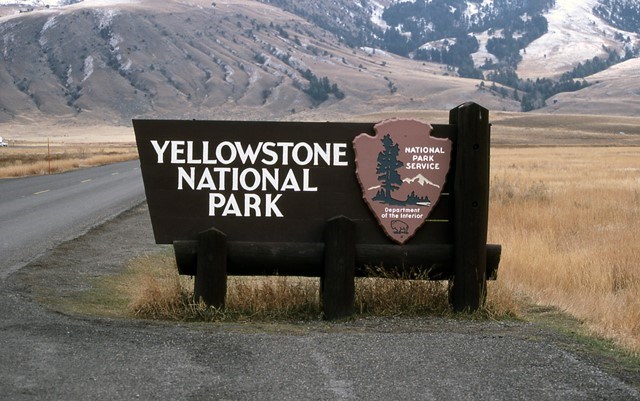
Early BeginningsThe idea of preserving special natural and cultural places in public ownership ran contrary to the prevailing national mood during the 19th century. At that time, Americans saw nature as something to be subdued and were strongly influenced by the relationship humans had toward nature in the Old World (Europe). Nature was to be tamed and conquered and made to serve mankind. But as the wilderness receded and remnants of prehistoric civilization and revolutionary landmarks were lost, some saw the need to protect outstanding examples of the nation's heritage. 
The First ParksIn 1864, the Federal Government first moved to protect a grand natural landscape when it granted Yosemite Valley and the Mariposa Grove of giant sequoias to the state of California to be "held for public use, resort, and recreation...inalienable for time." In 1872, following exploration of the Yellowstone region in Montana and Wyoming territories, Congress created Yellowstone National Park as "a public park or pleasuring ground for the benefit and enjoyment of the people." Had those territories been states, the park might have been turned over to them for administration, like Yosemite. Instead, Yellowstone was to be cared for by the Department of the Interior as the world's first national park. The Need for a National Park ServiceBy 1916, the Department of Interior oversaw 14 national parks and 21 national monuments but had no organization to manage them. In that year, President Woodrow Wilson approved legislation creating a new bureau within the Department of the Interior to manage these areas, "to conserve the scenery and the natural and historic objects and the wild life therein and to provide for the enjoyment of the same in such manner and by such means as will leave them unimpaired for the enjoyment of future generations." On August 25, 1916, the National Park Service (NPS) was born. The Park RangerStephen T. Mather, the first director of the NPS, inaugurated a range of policies and practices aimed at protecting the parks while promoting public enjoyment of the parks' resources. Chief among these was the creation of a specialized uniformed staff: the Park Rangers. 
Growth of the Park SystemUp to this point, the young NPS dealt mostly with natural areas west of the Mississippi. Beginning in the 1890s, a number of historic battlefields and forts in the east had become national military parks and monuments and placed under the supervision of the War Department. Other national monuments established in national forests fell under the management of the Department of Agriculture, while memorials and park lands of the nation's capital came under a separate office there. During the 1933 government reorganization, all of these areas were united under Park Service administration, forming a single, truly national park system. 
A Legacy of Parks at Home & AbroadAs of Summer 2020, the National Park System has grown to 419 sites. But these are not the only manifestations of the national park idea. Under a movement promoted by Stephen T. Mather in the 1930s, the states developed their own individual park systems. Internationally, Yellowstone served as a precedent for some 1,200 national parks and comparable preserves now maintained by more than 100 other nations around the world. Get out there and find YOUR park! |
Last updated: July 14, 2020
